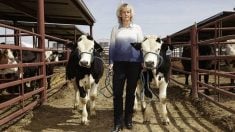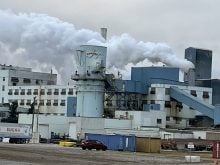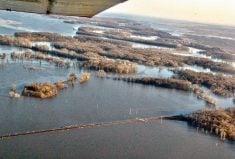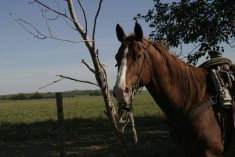LINDELL BEACH, B.C. – Finding a way to reduce pressure on the planet’s dwindling fisheries depends greatly upon finding alternative livestock feed, say researchers at the University of British Columbia.
“Thirty million tons, or 36 percent, of the world’s total fisheries catch each year is currently ground up into fishmeal and oil to feed farmed fish, chickens and pigs,” said Daniel Pauly, a UBC fisheries researcher and co-author of an article published in Oryx: The International Journal of Conservation.
Read Also
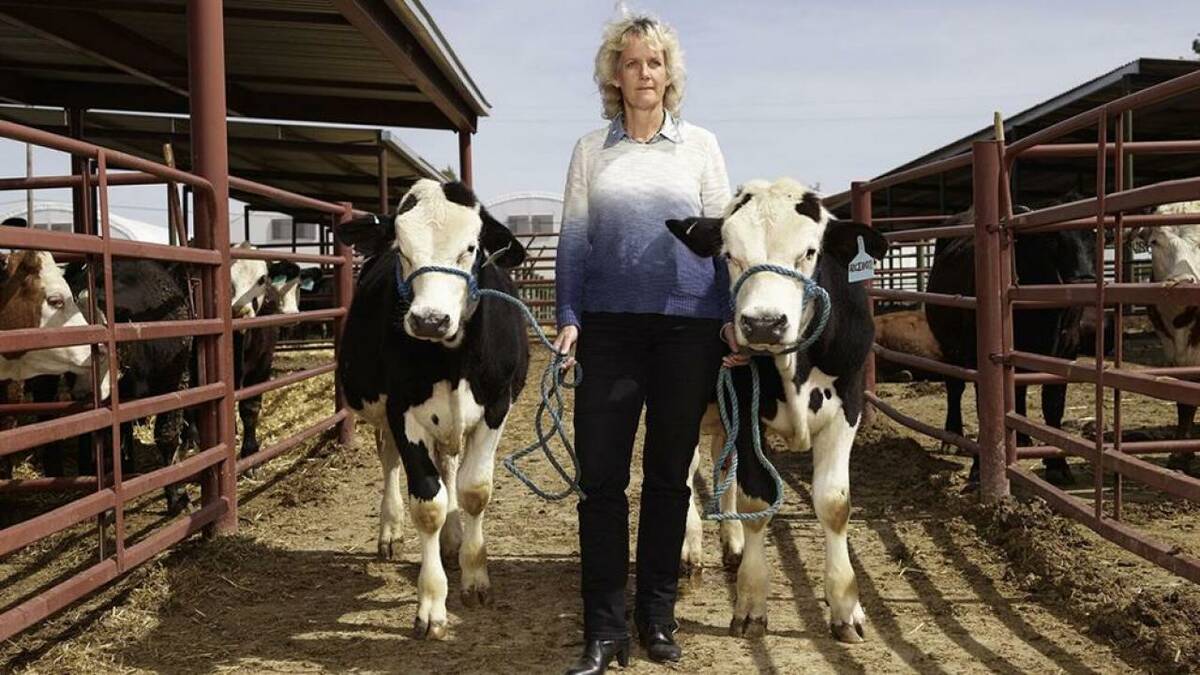
Stacking Canada up on gene editing livestock
Canada may want to gauge how Argentina and other countries have approached gene editing in livestock and what that has meant for local innovation.
In the article, nine of the world’s leading fisheries and conservation researchers, including four from UBC, reviewed the effectiveness of past conservation campaigns and proposed new strategies to make swifter and larger-scale changes.
“Globally, pigs and chickens alone consume six times the amount of seafood as U.S. consumers and twice that of Japan,” said lead author Jennifer Jacquet, a post-doctoral fellow at UBC’s Fisheries Centre.
“Ultimately, these farm animals have a greater impact on our seafood supplies than the most successful seafood certification program.”
Many sustainable seafood campaigns focus on consumers. Some include information wallet cards to educate consumers but others are publicity campaigns targeting supermarket chains such as Walmart, Whole Foods and Loblaw.
Jacquet said 60 percent of seafood in Canada and half the seafood in the United States is sold through supermarkets, but the publicity campaigns ignore the impacts from large-scale markets such as agricultural demand for fishmeal.
“The impact of feeding fishmeal to animals is very big,” added Pauly.
“Other feeds (with unnatural food ingredients) have caused a crisis in Europe such as mad cow disease.”
The study authors recommended establishing international standards for labelling sustainable seafood, eliminating fisheries subsidies that put pressure on fish stocks, and taking advantage of momentum for fisheries conservation through the global concern for climate change.
“Global fisheries consume 13 billion gallons of fuel each year just to catch and land fish,” Jacquet said.
“That’s more gas than 22 million cars would use, (and) energy use would be much higher if we include the fuel used to ship fish further for processing and to market. No discussion of the overall impact of fisheries would be complete without clarifying its contribution to greenhouse gas emissions and climate change.”
The U.S. Department of Agriculture recently announced that studies conducted by its scientists and Montana Microbial Products in Butte, Mont., have led to the development of a barley protein concentrate that could be fed to commercially produced fish.
The researchers had developed a new enzymatic method that concentrated barley protein and produced a raw material for ethanol, but the process also provided a high-protein ingredient that could replace expensive protein sources such as fishmeal and soy protein concentrate in commercial fish feed.
The USDA said using barley protein instead of fishmeal in commercial fish feed could help reduce the demand for millions of tonnes of fish.
There is as yet no commercial production of barley protein concentrate, according to a USDA news release, but Montana Microbial Products expects the product will sell for $700 to $1,200 US per ton.
Fishmeal prices of about $1,200 per ton means barley protein concentrate could compare favourably.
Pauly said any new product must be affordable.
“Overall, we’d like to encourage people to engage more as citizens, as they have with the global climate change movement, and less as mere consumers,” Pauly said. “Big problems like overfishing require efforts to be directed at big change.”
Overfishing has many serious social, economic and environmental implications.
Billions of people rely on fish and seafood for food and income, but advances in fishing vessels, equipment and technology make fish capture and processing increasingly more efficient at the expense of the ocean resource.
Illegal, unregulated and unreported fishing and poaching add to the pressures on fish stocks and the decline in marine habitat.
“We should work to eliminate the use of tasty fish for livestock production,” Pauly said. “It’s a waste. It is not what pigs and chickens naturally eat.”


